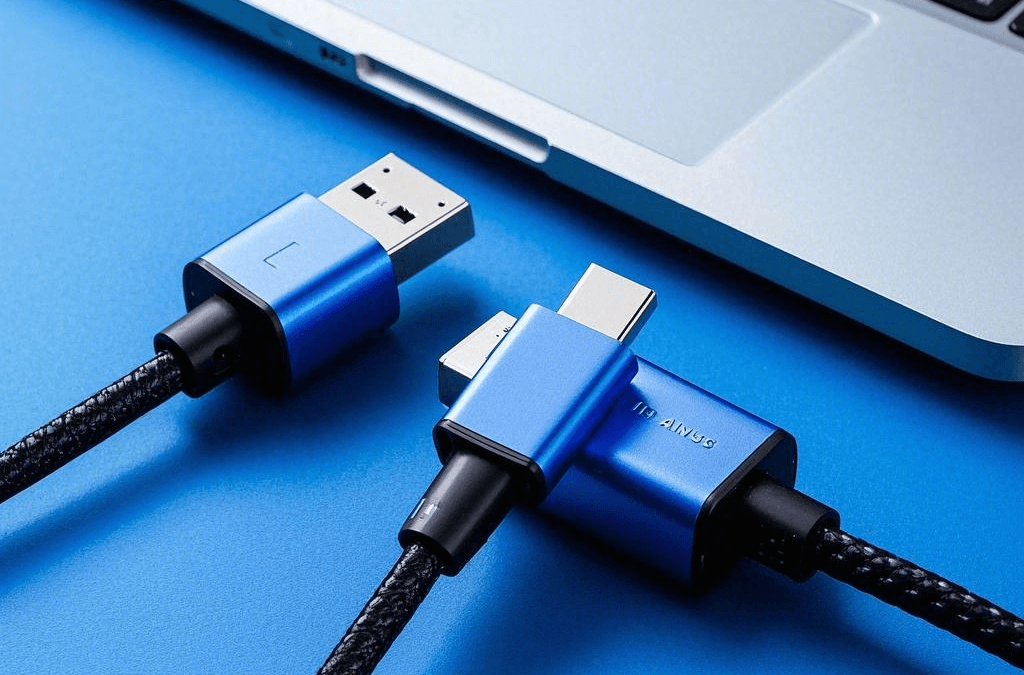
Basic Components of a USB Data Cable
2025-02-20
Comparison of Different Data Cable Materials
2025-02-22USB data cables are essential accessories for modern devices. They serve multiple purposes, making them a must-have for both personal and professional use. The three primary functions of a USB data cable are charging, data transfer, and audio transmission.
1. Charging Devices
One of the most common uses of a USB data cable is charging. Whether you use a USB-C data cable or a traditional USB-A to micro-USB cable, these cables power smartphones, tablets, laptops, and other gadgets. Type-C data cables have become increasingly popular due to their fast-charging capabilities and universal compatibility.
2. Data Transfer
A USB data cable is also used for transferring files between devices. Whether you’re moving photos, videos, or documents from a smartphone to a computer, a high-quality datu kabelis ensures stable and fast transmission. USB-C data cables support high-speed data transfer, making them ideal for professionals who work with large files.
3. Audio Transmission
Certain USB data cables can also carry audio signals. Many modern headphones and speakers support audio through Type-C data cables, eliminating the need for a separate audio jack. This feature enhances audio quality and ensures a seamless connection.
Conclusion
A reliable USB data cable is more than just a charging accessory. It enables fast data transfer, supports audio transmission, and powers various devices efficiently. Whether you’re using a USB-C data cable for high-speed connectivity or a standard datu kabelis for everyday use, choosing a high-quality cable improves performance and durability.
Related Documents
Apple’s Official Explanation of USB-C to Lightning.
USB-IF Overview of USB-C Technology
Guide to Fast Charging with USB-C to Lightning Cables
Environmental Impact of USB-C Standard Adoption
Recommended Products

























